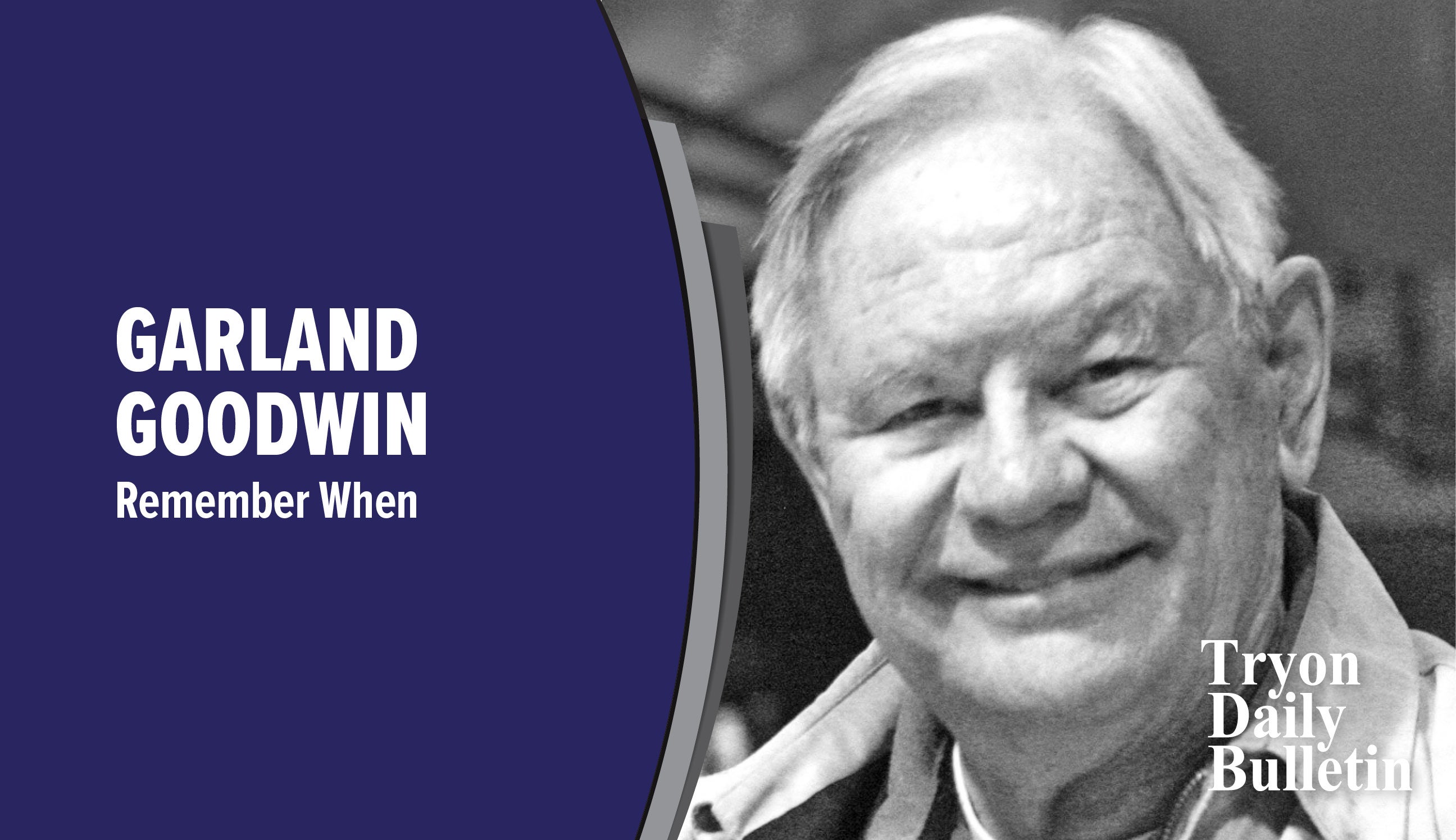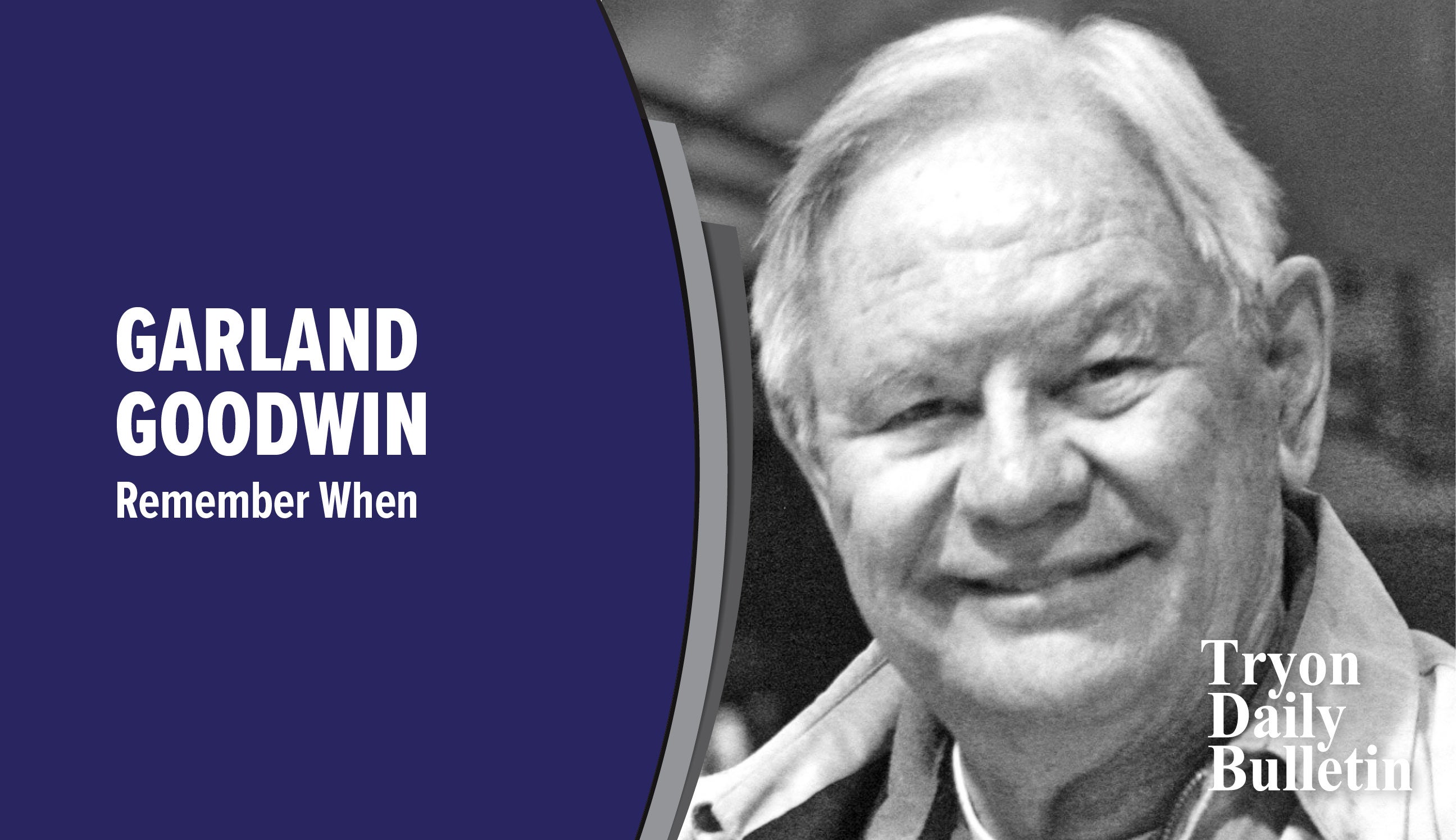Pallets and forklifts
Published 8:26 pm Tuesday, November 10, 2009
No pallets in the landfill, so what to do with them? They are now so commonplace (ubiquitous?) that there was even one leaning against Papa Rippys little house when Fran photographed it and entered her picture in the Mountain State Fair. I have wondered whether the pallet detracted from the oldness of the building!
I thought the forklift and pallets were developed since WWII, since I never saw any around here when I was growing up. When I worked at Tryon Builders Supply (c.1947-48) we lifted and moved every single bag of concrete, plaster and finish lime, every joint of drain tile, sewer pipe and flue lining, every bundle of metal lath, every box of wall board, every steel casement window, every case of stain and lead-based paintnot to mention every piece of lumber, bundle of shingles, and every concrete block that went from boxcar to truck to warehouse to truck to building site.
I always dreaded the phone call from the train Depot saying that a boxcar was on the siding, since I was usually part of the unloading crew. The late James Walden Doc Raines would throw the terra cotta pieces at my head so that I was sure to catch them: each time I turned around for another, there it was, coming right at my face! Though I was assigned to my own little truck, the White Elephant (Amen Corner,* p. 4 and others), I often helped load and unload the big ones such as Doc drove.
Today I was looking through one of my aviation magazines, and noticed a painting of a Curtiss C-46 cargo plane being loaded for its hop across the Hump in 1945. A forklift was hefting a pallet of stuff up to the airplanes cargo door! Well, I wondered whether that was artistic license or if there really might have been a GI forklift available in the China-Burma-India theatre back then.
On the Internet I learned that the tractor with a lift was developed in the late 1800s by the railroads! Then forklifts appeared in many industrial plants in the 20s and 30s. Of course, nowadays nearly everything comes on standard pallets; even my books came from the bindery on a pallet! The truck driver helped me transfer the boxes to my vehicle, and I let him keep the palletboth times.
When I was driving the White Elephant, I vowed that if I ever took another driving job, I would drive a bus, since it loads and unloads itself. Now the forklifts do most of the&bsp;lifting and moving in warehouses, stores, and on and off trucks. When building materials came to my present house (c.2004-6) the big truck had a versatile little lift tractor hung on the back. Its wheels turn 90 degrees so that it can bring a load of long lumber down your driveway crabwise if necessary.
The shingles for the roof came on pallets, but I was able to send them away with all the other construction waste on my friend Jamal Hannons truck. I dont know what he did with any of it. But what will we do with pallets now? I once worked a long time taking one apart . . . it was put together with long staples not amenable to my super bar or cats paw, and I wound up splitting most of the wood, so it became starter wood for the fireplace!
*Garland has published two books of these Remember When columns: A Boy in the Amen Corner and Fat Fenders and Reflections, both available in local book stores.~ Remember When written by Garland Goodwin




